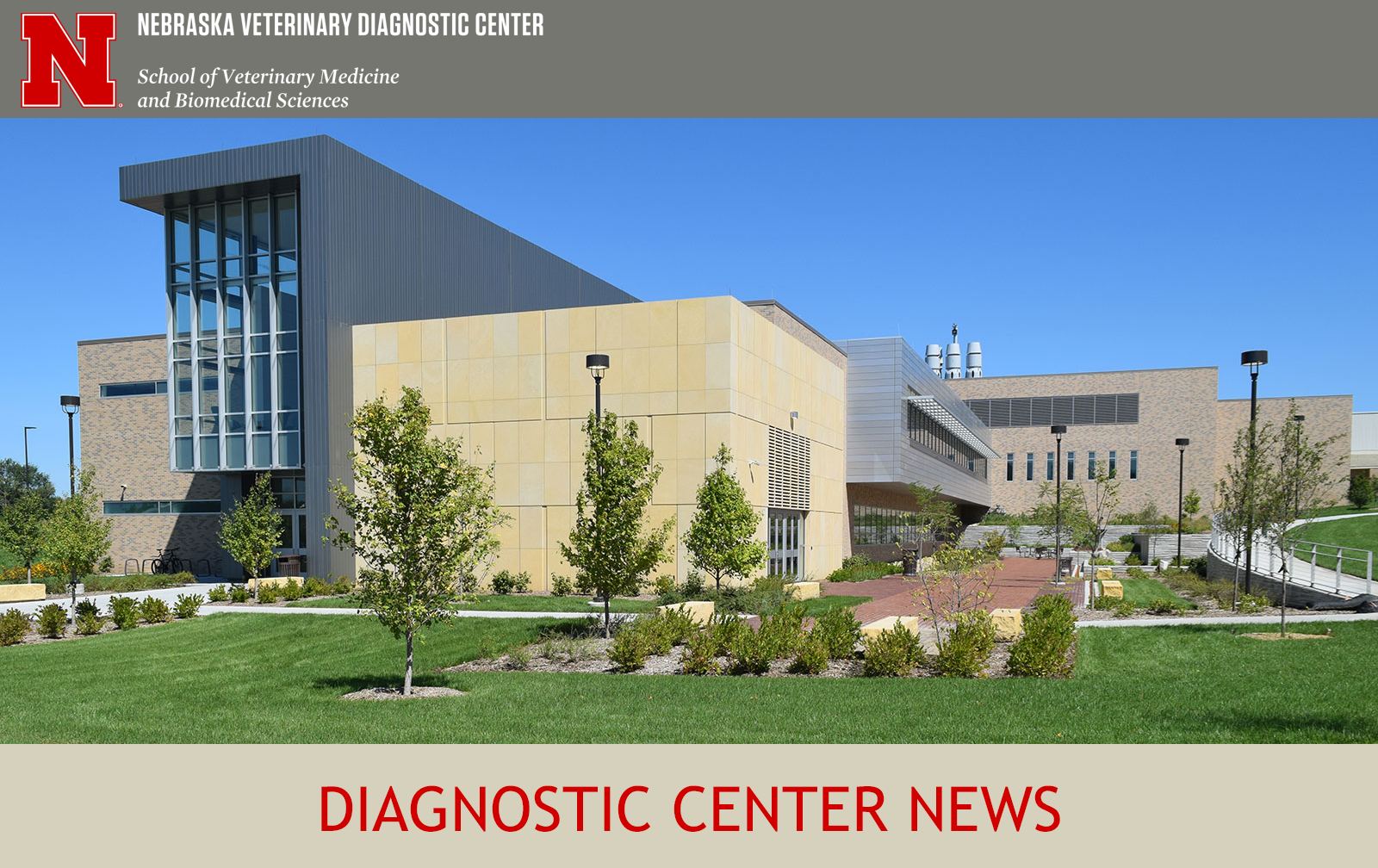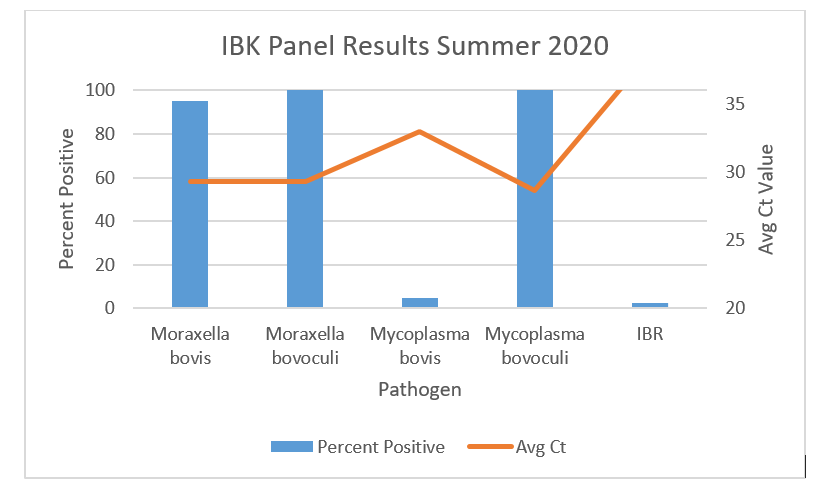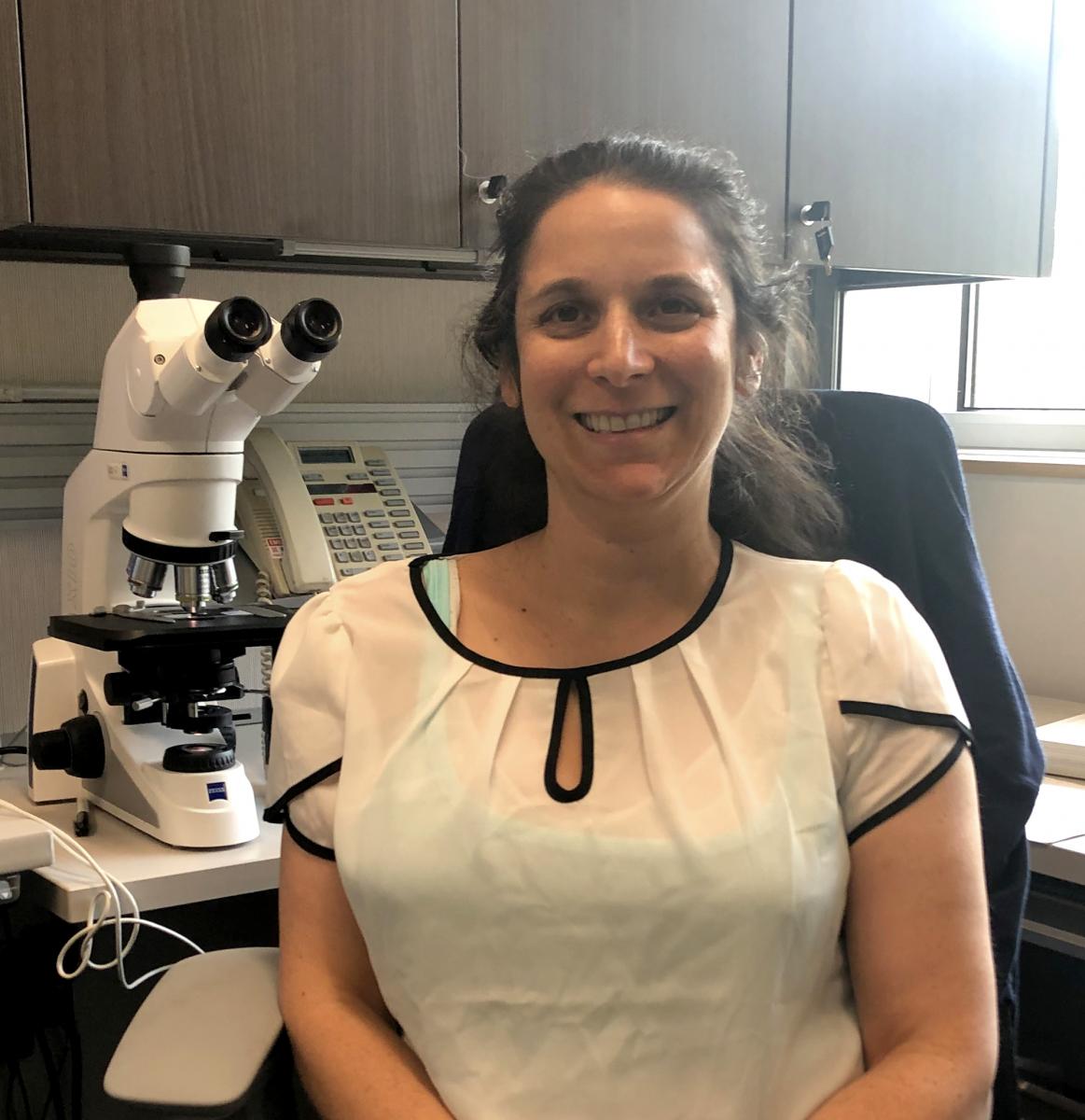NVDC News
An electronic newsletter for clients and stakeholders

September 2020
In this issue:
Notes from the director
Tritrichomonas foetus test to be released
Bovine pinkeye multiplex PCR test update
Staff updates
New pathologist!
Notes from the director
By Bruce Brodersen

So far 2020 has been a challenging year for all of us, given the pandemic. Our response to avoiding SARS-CoV-2 infection was to separate the staff as much as we could into two groups to alternate days in the laboratory. This involved working weekends as well. Fortunately, no one in the NVDC has been infected. I commend our staff for taking care of themselves and making it part of their job to remain uninfected with SARS-CoV-2.
I suspect the environment offered by our new building has helped protect us, as we have numerous air-changes per hour (6-24 depending on which part of the laboratory). The size of the laboratories has allowed for sufficient separation among technicians.
We are now back to our regular schedule and have added mandatory masking as per the directed health measures of the city of Lincoln and the University. This was and remains a real-life exercise in biosecurity.
New Tritrichomonas foetus test to be released
The VDC will be offering a new PCR test that is more sensitive than the PCR test used currently. This “Trich Direct Realtime PCR” test utilizes phosphate buffered saline (PBS) as the transport medium.
The VDC will provide the tubes containing PBS for the price of shipping. The price of the new test is $37 for a single sample and $50 for a pool of up to five samples. We have done extensive work validating the sensitivity and specificity of the test and sample stability. Once collected into the PBS tubes, the samples must be kept chilled and the lab must receive them within 72 hours.
For questions regarding T. foetus collection, storage or shipment requirements please contact the VDC at 402-472-8470. (At the time of release of this newsletter, the tubes for PBS are on back order. When they arrive, we will announce the start of offering this test.)
Samples can now be shipped to the Nebraska Veterinary Diagnostic Center using the UPS EZ-Ship option. Please visit the NVDC website for more information and for the benefits of using the UPS EZ-Ship option.
Bovine pinkeye multiplex PCR test update
Infectious bovine keratoconjunctivitis (IBK) has continued to be a problem this summer. Although it remains unknown why there is such year to year variation in IBK, contributing factors include UV radiation, fly vectors, and mechanical irritants from forage. University of Nebraska-Lincoln VDC and other experts were interviewed by The Fence Post, a web publication, as part of an article that provides more information and opinions on pinkeye this summer.
Dr. Dustin Loy has implemented a multiplex PCR test this last year for infectious bovine keratoconjunctivitis (IBK). This test detects genes expressed by Mycoplasma bovis and Mycoplasma bovoculi, genes for the RTX toxin produced by Moraxella bovis, Moraxella bovoculi, and bovine herpesvirus-1 (BHV-1).
Our diagnostic findings in IBK cases using this test are below. A summary of 40 cases received June–August indicated that nearly all cases had Moraxella bovis, Moraxella bovoculi, and Mycoplasma bovoculi detected. Most of these were pooled swabs. Only two cases had Mycoplasma bovis and one had IBR virus detected. One observation was that although many of the cases had Moraxella bovoculi isolated on culture, very few had Moraxella bovis isolated on culture. This indicates how challenging it can be to recover these organisms, even when detectable by PCR methods. The best culture results can be obtained by using a flocked swab in liquid transport media, swabbing the surface aseptically, and transporting to the laboratory as soon as possible.
VDC faculty are active in IBK research and in collaboration with USMARC scientists have recently developed a test that allows genotyping of Moraxella bovoculi isolates. Two genotypes of Moraxella bovoculi have been described, one of which is associated with IBK. This test will be offered to NVDC clients soon, and you can contact the laboratory for more details. You can find the paper (free access) by clicking here.

Staff updates
The last year has resulted in lots of changes in personnel, starting with the tragic loss of our assistant Bacteriology Section manager, Jamie Bauman. This happened about the same time SARS-CoV-2 hit. Because of the lockdown of the university, it took some time to hire a replacement for her. Caseload continued to rise during that time. We have since hired several new people and lost one other person. Karen Shrader left us from Sample Receiving. In the bacteriology section, we have hired Marissa Kibbe as assistant manager in the Bacteriology section along with Erin Weaver and Dustin Morton. In the Sample Receiving area, Jamie Kavan and Diane Nelson have been added. The virology section has added Patrick Tiburcio.
New pathologist

Last and certainly not least, we have been fortunate enough to fill my prior position as a pathologist. We have hired Dr. Mary Drozd as is an assistant professor in the School of Veterinary Medicine and Biomedical Sciences.
Dr. Drozd comes to us from Manhattan, Kansas where she recently completed a residency in anatomic pathology at the Kansas State University School of Veterinary Medicine. She earned her DVM from Tufts University Cummings School of Veterinary Medicine in Massachusetts and has a PhD in Preventive Veterinary Medicine from The Ohio State University.
Her hobbies include ceramics, baking, and ballroom dancing. When you get a chance to talk to her, please welcome her to Nebraska.